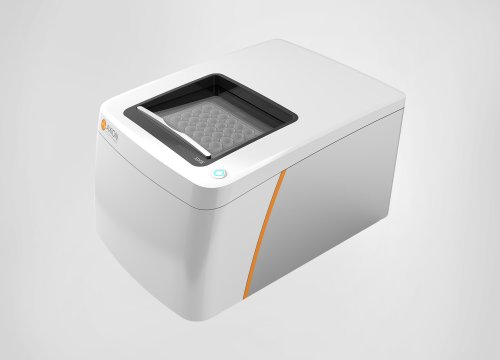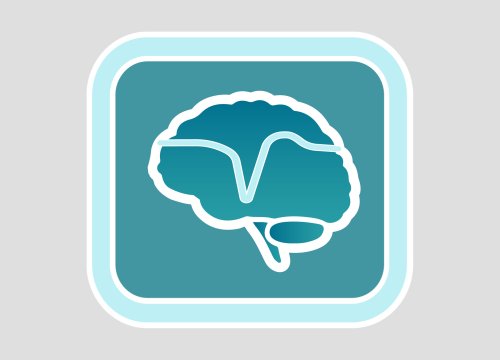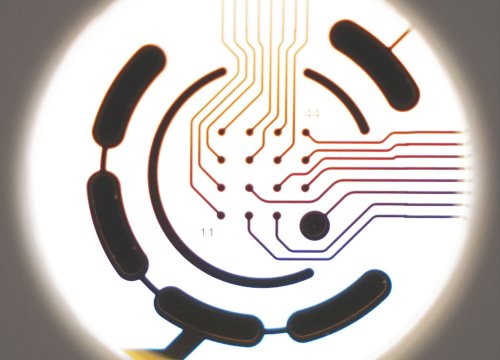Ng B, Rowland HA, Wei T, Arunasalam K, Hayes EM, Koychev I, Hedegaard A, Ribe EM, Chan D, Chessell T, Ffytche D, Gunn RN, Kocagoncu E, Lawson J, Malhotra PA, Ridha BH, Rowe JB, Thomas AJ, Zamboni G, Buckley NJ, Cader ZM, Lovestone S, Wade-Martins R.
Brain Communications, 2022
Scientists use Axion’s Maestro MEA platform to explore neural activity in induced pluripotent stem cell-derived cortical neurons from people with early Alzheimer’s disease.
Understanding the pathogenesis and progression of Alzheimer’s disease is a global health imperative but establishing biologically relevant preclinical models of the disease able to predict clinical outcomes has been challenging. In this study, researchers generated induced pluripotent stem cell-derived cortical neurons from people with early symptomatic Alzheimer’s disease and used Axion’s Maestro multielectrode array (MEA) platform and other techniques to correlate their findings with patients’ clinical outcomes and in vivo pathology. The results demonstrated that secreted amyloid beta levels from patient-derived neurons were negatively correlated to patient CSF levels, consistent with amyloid sequestration and plaque formation. Furthermore, cells from more clinically vulnerable patients were also more vulnerable to exogenous amyloid beta insult on MEA, while more resilient patient cells were more resilient on MEA, reflecting individual patient phenotypes. The team suggests that these findings may lead to a better understanding of the underlying mechanisms of Alzheimer’s disease and may facilitate the identification of therapeutic targets for precision medicine in the future.


